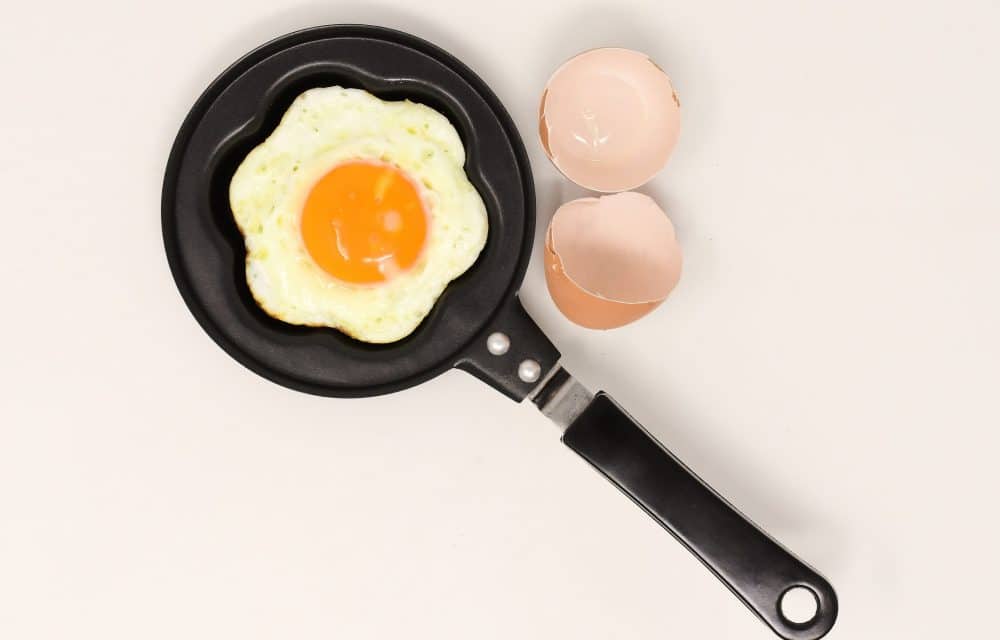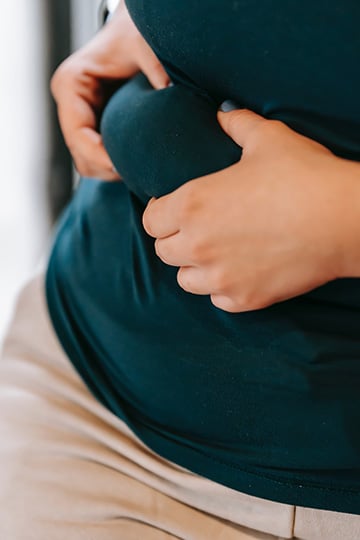Are Beans KETO Friendly?
Keto has become one of the latest weight loss crazes that actually works. It requires paying close attention to the number of carbs you consume, so most people opt for more protein in their diet in the form of meat. There are lots of reasons for wanting to add beans to the diet that range from affordability to making meals more interesting. They’re nutritious and a good source of plant protein. However, beans are also higher in carbs. Not all beans are the same when it comes to carbs.
There are many healthy benefits from beans.
If you watch westerns or tales of early settlers traveling by wagon train, you’ll notice that many meals contain beans. They are not only foods used in the old west, but also hundreds of years before throughout history. They’re plentiful and the most common ingredient from the past. Beans are nutritious, not only do they contain protein, they have vitamin A, thiamin, niacin, riboflavin, folate, iron, magnesium, calcium, selenium, zinc, copper, phosphorous and potassium. That’s a very broad list of nutrients.
Not all beans are the same when it comes to a keto diet.
Beans are high in carbohydrates, making it more difficult to insert into a keto diet and still have carbs left for other foods. You have to plan more carefully than you would if you ate a steak. To make it even more difficult, not all beans are the same when it comes to the carbs or calories they contain. White kidney beans, for instance, are high in both calories and carbs, with just a ½ cup containing 16 grams of net carbs and 124 calories. However, their dark red counterpart, dark red kidney beans, have just 109 calories per cup and 11 grams of carbs.
Which beans are better for keto diets?
The best type of beans for a keto diet are black soybeans. They’re creamier and sweeter than their yellow counterparts. They have a high protein count, lots of fiber, iron and calcium. Since soybeans are normally lower in carbohydrates, these make a good option. Most of these are used in veggie burgers, but can be made into tofu, added to salads or stews. For a half cup, they contain 120 calories, but just one gram of net carbs.
- Pinto beans, like white kidney beans and the highest in carbs and don’t make a good addition to a keto friendly diet.
- While beans are an inexpensive source of protein and contain a lot of nutrients, they also can cause digestive upsets and may cause inflammation from the enzymes. Most people find that the more they eat beans, the fewer problems they have.
- While the carb count is high in beans, people who consume a targeted keto diet may be able to include them more often. People using this type of diet are often athletes and people who get more than normal amounts of exercise.
- Rather than trying to figure out the right type of diet for you, whether it’s keto or not, why not take advantage of our nutritional program where the diet is created for you. All you do is buy the food.
For more information, contact us today at Body Sculptors Personal Training


 Diabetes can exacerbate some conditions, like high blood pressure, heart disease or circulation. Yoga can help directly, like stabilizing blood sugar levels. Increasing activity and eating healthy are exceptionally good for controlling diabetes. Yoga is a gentle form of exercise that most people can do. There are several poses that have proven especially beneficial for diabetics.
Diabetes can exacerbate some conditions, like high blood pressure, heart disease or circulation. Yoga can help directly, like stabilizing blood sugar levels. Increasing activity and eating healthy are exceptionally good for controlling diabetes. Yoga is a gentle form of exercise that most people can do. There are several poses that have proven especially beneficial for diabetics. Are you one of those people that jump out of bed and immediately rush to get ready to work? There’s a better way to start your day and that’s by doing a few stretches first. If you’ve ever watched a cat when it first gets up, all it does is stretch for a while. We could learn a thing or two from our feline friends. Stretching upon rising can increase flexibility and boost circulation.
Are you one of those people that jump out of bed and immediately rush to get ready to work? There’s a better way to start your day and that’s by doing a few stretches first. If you’ve ever watched a cat when it first gets up, all it does is stretch for a while. We could learn a thing or two from our feline friends. Stretching upon rising can increase flexibility and boost circulation. Clients at Body Sculptors in Louisville, KY, know that a hard workout can result in some muscle aches and pains. Those can lead to a reluctance to keep a workout schedule. The best way to deal with sore muscles is to avoid them and a foam roller can do that. There are several benefits you can get from foam rolling, besides relief of muscles aches and pains. It’s a technique where you use a self-myofascial release (SMR) technique.
Clients at Body Sculptors in Louisville, KY, know that a hard workout can result in some muscle aches and pains. Those can lead to a reluctance to keep a workout schedule. The best way to deal with sore muscles is to avoid them and a foam roller can do that. There are several benefits you can get from foam rolling, besides relief of muscles aches and pains. It’s a technique where you use a self-myofascial release (SMR) technique. Do you notice the guy or gal at the gym who always seems fresh and dry. They never sweat when working out or so it seems. There can be several reasons for not sweating—anhidrosis, but one of the easiest to identify is that they simply don’t push themselves to the point of sweating. However, there are also more serious health issues that could be causing their lack of sweat.
Do you notice the guy or gal at the gym who always seems fresh and dry. They never sweat when working out or so it seems. There can be several reasons for not sweating—anhidrosis, but one of the easiest to identify is that they simply don’t push themselves to the point of sweating. However, there are also more serious health issues that could be causing their lack of sweat. At Body Sculptors in Louisville, KY, we focus on overall fitness using the tools of a healthy diet and a program of regular exercise designed specifically for each person. We are often requested to help people with specific goals, like building abdominal muscles, which includes the obliques. Exercises for the obliques not only provide that V look at the waist, but they also help maintain body stability. The obliques run along each side from the abs to the lats, the large flat muscles in the back that run to the sides.
At Body Sculptors in Louisville, KY, we focus on overall fitness using the tools of a healthy diet and a program of regular exercise designed specifically for each person. We are often requested to help people with specific goals, like building abdominal muscles, which includes the obliques. Exercises for the obliques not only provide that V look at the waist, but they also help maintain body stability. The obliques run along each side from the abs to the lats, the large flat muscles in the back that run to the sides. For most people, it isn’t about the type of exercise to do…it’s more about just getting some exercise. If you’re working out in the gym already, then you can add to your program by getting more steps daily. Walking or increasing the number of steps you take can be done by anyone of any age and any level of fitness, so it’s a perfect way to add more exercise to your life. Whether you actually monitor your steps or just find ways to increase your steps, never really tracking them, it can increase your fitness without a lot of effort.
For most people, it isn’t about the type of exercise to do…it’s more about just getting some exercise. If you’re working out in the gym already, then you can add to your program by getting more steps daily. Walking or increasing the number of steps you take can be done by anyone of any age and any level of fitness, so it’s a perfect way to add more exercise to your life. Whether you actually monitor your steps or just find ways to increase your steps, never really tracking them, it can increase your fitness without a lot of effort.

 If you’re out of shape, you face problems like beer belly, love handles, bat wings and thunder thighs. Those are just a few of the terms clients use to explain what they want to improve. We’ll help you lose those all those things and replace them with a fit, toned body at Body Sculptors in Louisville, KY. Let’s focus on one, love handles. What are love handles? It’s nothing more than the accumulation of fat around the waist. It can occur from many causes, including lack of sleep, but it all boils down to too many calories and not enough exercise.
If you’re out of shape, you face problems like beer belly, love handles, bat wings and thunder thighs. Those are just a few of the terms clients use to explain what they want to improve. We’ll help you lose those all those things and replace them with a fit, toned body at Body Sculptors in Louisville, KY. Let’s focus on one, love handles. What are love handles? It’s nothing more than the accumulation of fat around the waist. It can occur from many causes, including lack of sleep, but it all boils down to too many calories and not enough exercise.